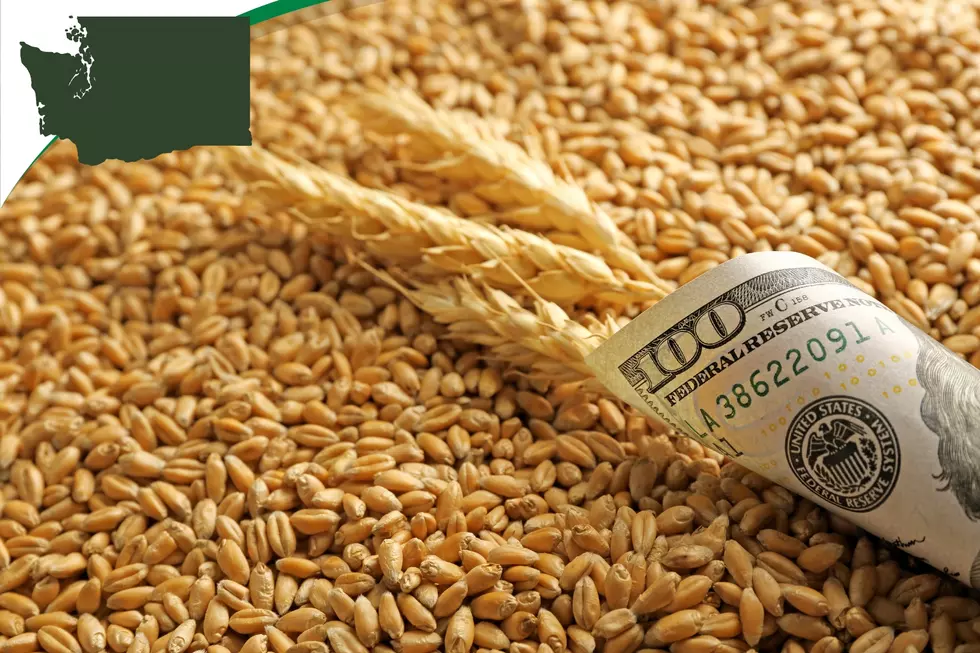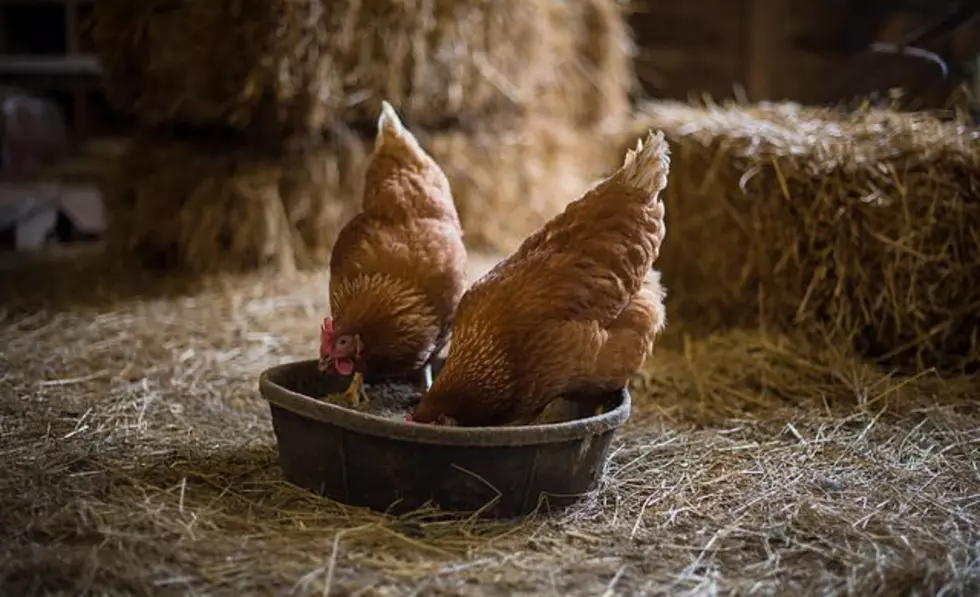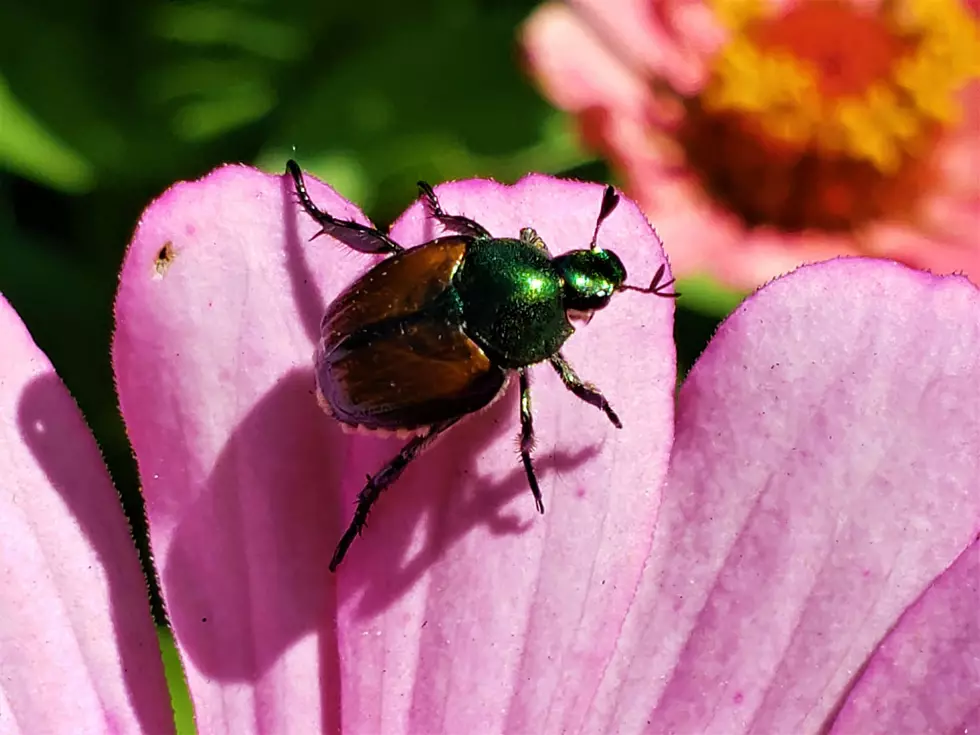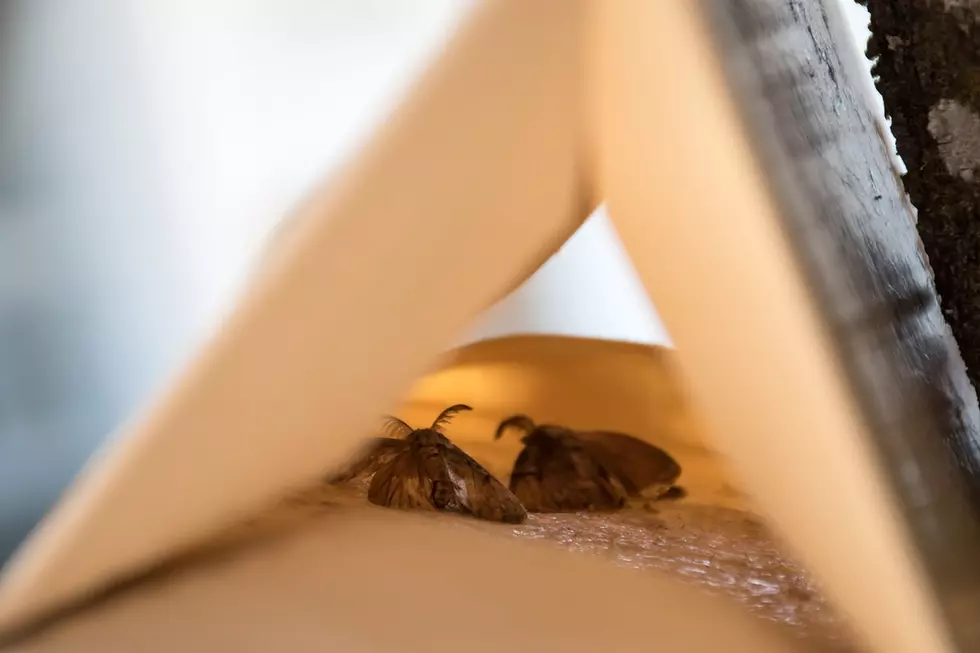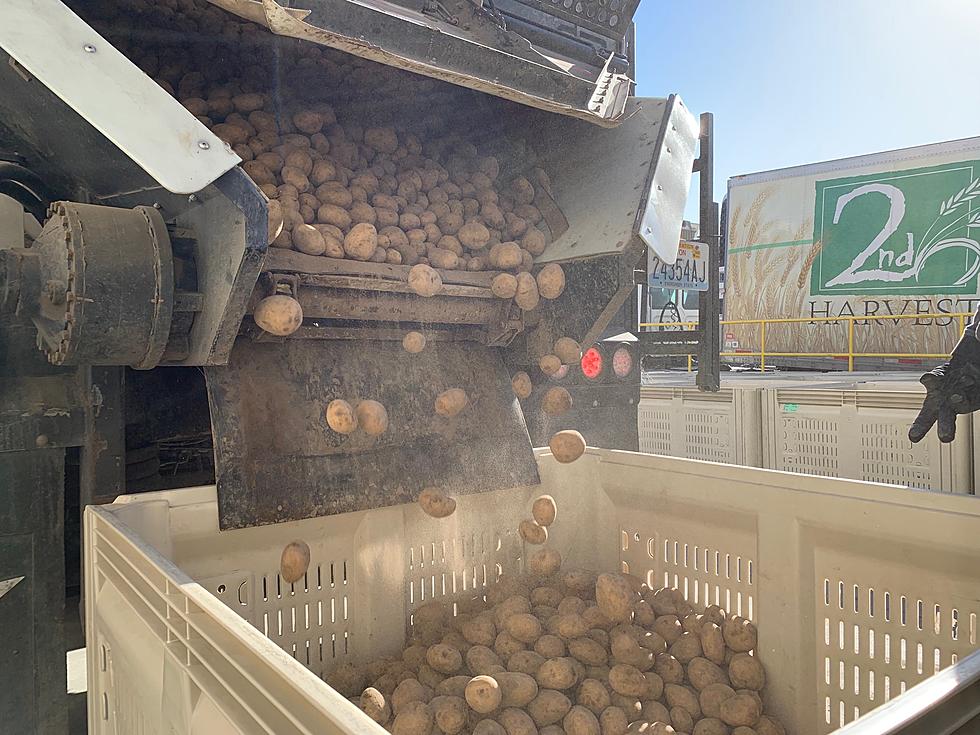
WSDA: Take Steps To Reduce Drift
As orchardists and their crews work their trees for a successful 2018, the Washington State Department of Agriculture is reminding to take steps to reduce drift. WSDA said now is the peak time of pesticide application, and with that comes the risk of chemicals landing where they are not intended, or wanted. Joel Kangiser with the WSDA says while the growing season is young, they’ve already received a few complaints. He believes orchardists can save themselves time and headache by being aware of their surroundings.
“And a lot of those complaints involve air-blast sprayers making applications to tree fruit. There’s not much foliage on the trees now to stop the spray, so it’s really critically important that the operators adjust their equipment so that they don’t have a spray plum that’s shooting way up into the air.”
Kangiser said not only do drifts run orchard owners the risk of penalties and fines, but it will hurt the bottom line.
“If they’re not operating their equipment correctly, and a lot of that spray mix is drifting off target they are losing a lot of money, and there are ways to adjust machines, even some of these machines out here that, you know you’re limited on what you can do for adjustments, there are still things that can be done to help reduce drift.”
To help applicators this time of year, the WSDA is out with a host of tips:
- Read the label on the pesticides being applied and abide by all precautions and restrictions on safe handling, necessary protective equipment, buffers, the effect on crops and more.
- Pay special attention near sensitive areas such as highways, homes, schools and other occupied dwellings or where workers are present.
- Properly calibrate equipment, using the proper nozzles and pressure to keep the spray on-target.
- Based on the amount of foliage and tree size and shape, optimize your sprayer by using the appropriate volumes of water and air, and the correct pressure and nozzle size.
- Scout the areas bordering the place that’s being treated.
- Evaluate conditions such as wind speed, wind direction, and temperature.
- Stop applying immediately if conditions change in ways that increase the risk of drift to unsafe levels or if anyone approaches the area without proper protection.
If you have a story idea for the Washington Ag Network, call (509) 547-1618, or e-mail gvaagen@cherrycreekradio.com
More From PNW Ag Network
